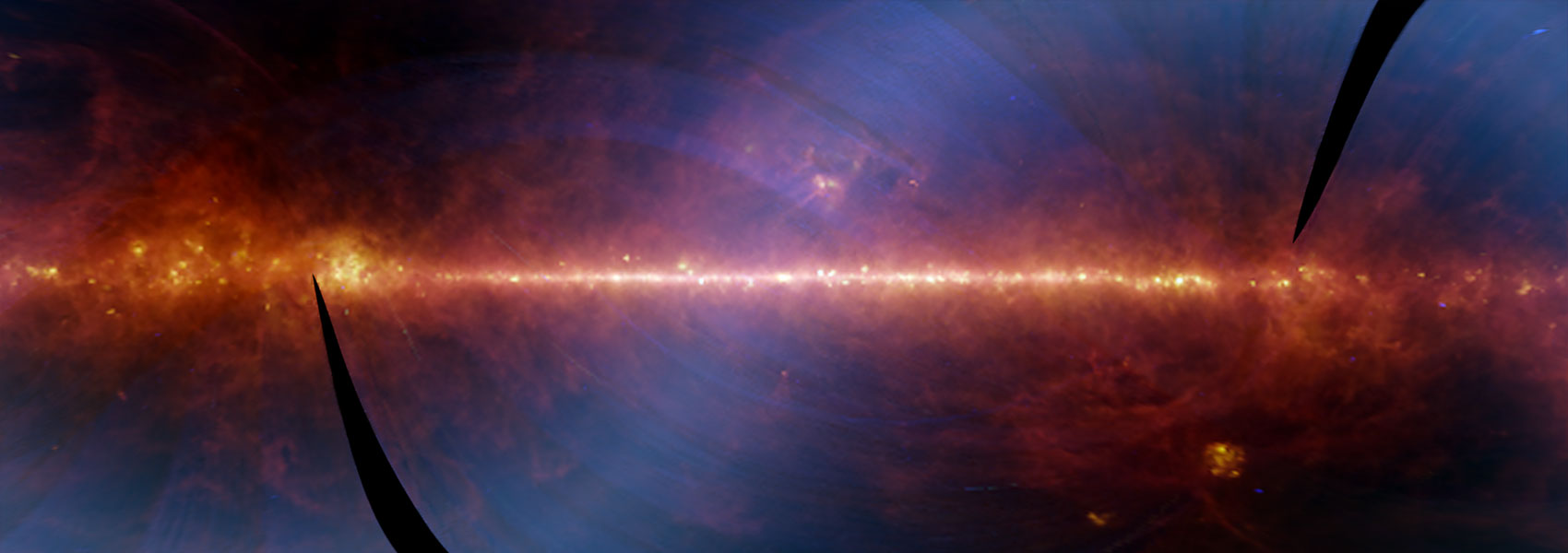September
2014
•
2014ApJ...792...75Z
Authors
•
Zahid, H. J.
•
Kashino, D.
•
Silverman, J. D.
•
Kewley, L. J.
•
Daddi, E.
•
Renzini, A.
•
Rodighiero, G.
•
Nagao, T.
•
Arimoto, N.
•
Sanders, D. B.
•
Kartaltepe, J.
•
Lilly, S. J.
•
Maier, C.
•
Geller, M. J.
•
Capak, P.
•
Carollo, C. M.
•
Chu, J.
•
Hasinger, G.
•
Ilbert, O.
•
Kajisawa, M.
•
Koekemoer, A. M.
•
Kovacs, K.
•
Le Fèvre, O.
•
Masters, D.
•
McCracken, H. J.
•
Onodera, M.
•
Scoville, N.
•
Strazzullo, V.
•
Sugiyama, N.
•
Taniguchi, Y.
•
COSMOS Team
Abstract
•
We investigate the relationships between stellar mass, gas-phase oxygen abundance (metallicity), star formation rate (SFR), and dust content of star-forming galaxies at z ~ 1.6 using Subaru/FMOS spectroscopy in the COSMOS field. The mass-metallicity (MZ) relation at z ~ 1.6 is steeper than the relation observed in the local universe. The steeper MZ relation at z ~ 1.6 is mainly due to evolution in the stellar mass where the MZ relation begins to turnover and flatten. This turnover mass is 1.2 dex larger at z ~ 1.6. The most massive galaxies at z ~ 1.6 (~1011 M ⊙) are enriched to the level observed in massive galaxies in the local universe. The MZ relation we measure at z ~ 1.6 supports the suggestion of an empirical upper metallicity limit that does not significantly evolve with redshift. We find an anti-correlation between metallicity and SFR for galaxies at a fixed stellar mass at z ~ 1.6, which is similar to trends observed in the local universe. We do not find a relation between stellar mass, metallicity, and SFR that is independent of redshift; rather, our data suggest that there is redshift evolution in this relation. We examine the relation between stellar mass, metallicity, and dust extinction, and find that at a fixed stellar mass, dustier galaxies tend to be more metal rich. From examination of the stellar masses, metallicities, SFRs, and dust extinctions, we conclude that stellar mass is most closely related to dust extinction.
Links




